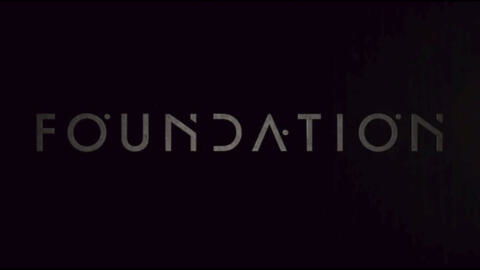
Are you intrigued by the world of film? Ever wondered about its origins, the different types, and how it has evolved over the years? Well, you’ve come to the right place. Let’s dive into the fascinating world of film, exploring its many dimensions.
Understanding the Term ‘Film’

The word ‘film’ can refer to both a physical medium and the art form itself. Historically, film was a strip of flexible plastic coated with a light-sensitive emulsion, used to capture images. Today, it’s often used to describe the motion picture industry, which includes the production, distribution, and exhibition of films.
Types of Film

Films can be categorized in various ways, such as by genre, format, or production technique. Here are some of the most common types:
| Genre | Description |
|---|---|
| Drama | Focuses on realistic and serious themes, often exploring complex human emotions and relationships. |
| Comedy | Intended to entertain and amuse the audience, often through humor and light-hearted situations. |
| Science Fiction | Explores imaginative and futuristic concepts, often involving advanced technology and otherworldly settings. |
| Horror | Intended to scare and unsettle the audience, often featuring supernatural or eerie elements. |
Production Techniques

Films are produced using various techniques, from traditional methods to cutting-edge technology. Here are some of the key production techniques:
- Shooting: The process of capturing images on film or digital media.
- Editing: The process of assembling and rearranging footage to create a coherent narrative.
- Sound Design: The creation and manipulation of sound effects, music, and dialogue to enhance the film’s atmosphere and emotional impact.
- Special Effects: The use of technology and techniques to create visual effects that are impossible to capture in real life.
The Evolution of Film
The history of film is a testament to the power of innovation and creativity. Here’s a brief overview of its evolution:
- Early Years (1890s-1910s): The early days of film were characterized by short, silent films, often featuring simple narratives and slapstick humor.
- Silent Era (1910s-1920s): Silent films became popular, with some of the most iconic films ever made, such as “The Birth of a Nation” (1915) and “The Great Gatsby” (1926).
- Sound Revolution (1920s-1930s): The introduction of sound to film revolutionized the industry, leading to the creation of classic musicals and talkies.
- Golden Age (1940s-1950s): The Golden Age of Hollywood produced some of the most memorable films, including “Casablanca” (1942) and “Gone with the Wind” (1939).
- New Wave (1960s-1970s): The New Wave movement brought a new level of artistic expression to film, with directors like Ingmar Bergman and Federico Fellini pushing the boundaries of storytelling.
- Modern Era (1980s-Present): The modern era of film has seen the rise of digital technology, leading to the creation of visually stunning and innovative films like “Inception” (2010) and “Parasite” (2019).
The Impact of Film
Film has had a profound impact on society, culture, and the way we perceive the world. Here are some of the key ways film has influenced our lives:
- Entertainment: Film provides a source of entertainment and escapism, allowing us to experience different worlds and stories.
- Education: Films can be used as a tool for education, teaching us about history, culture, and social




